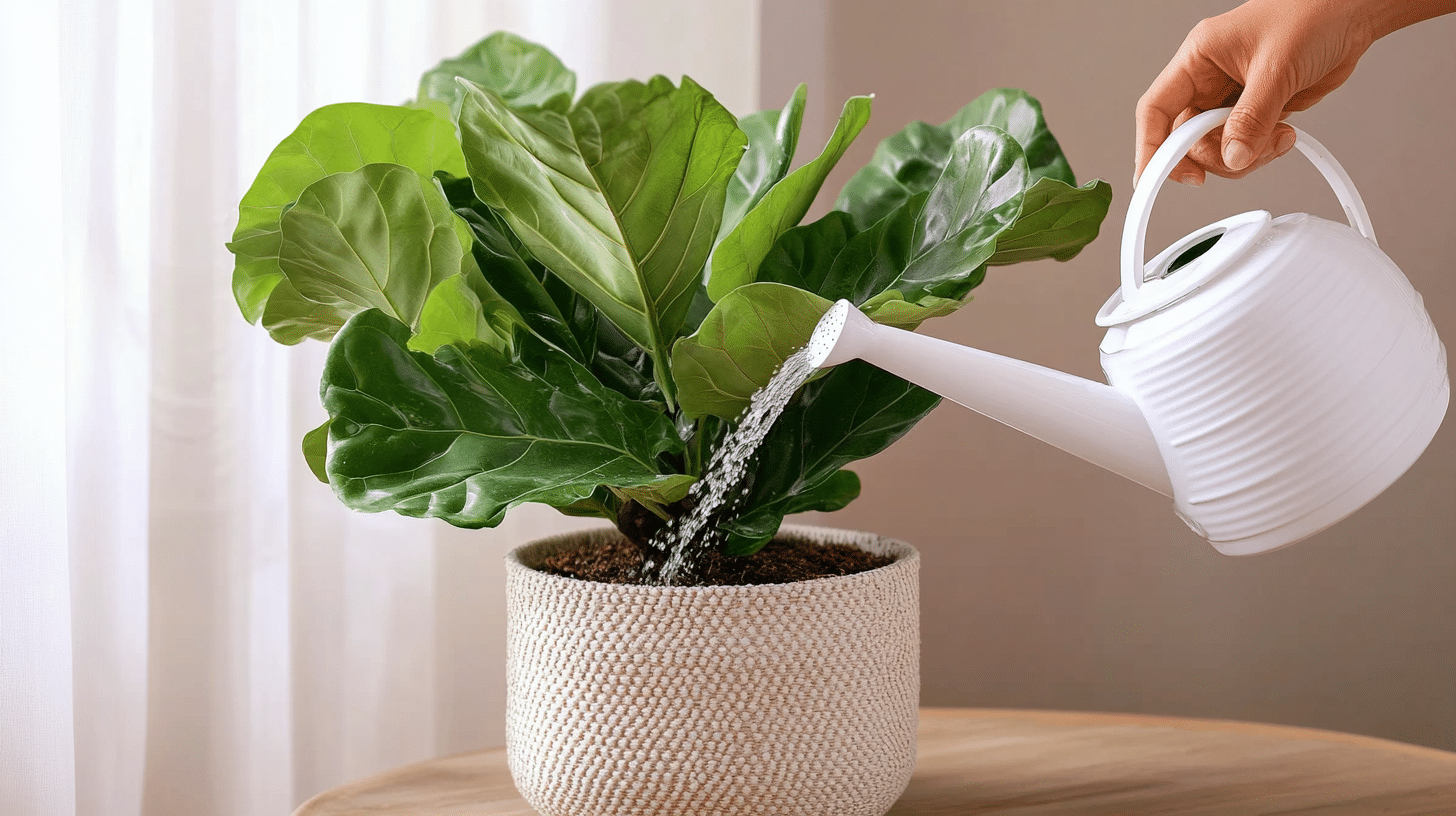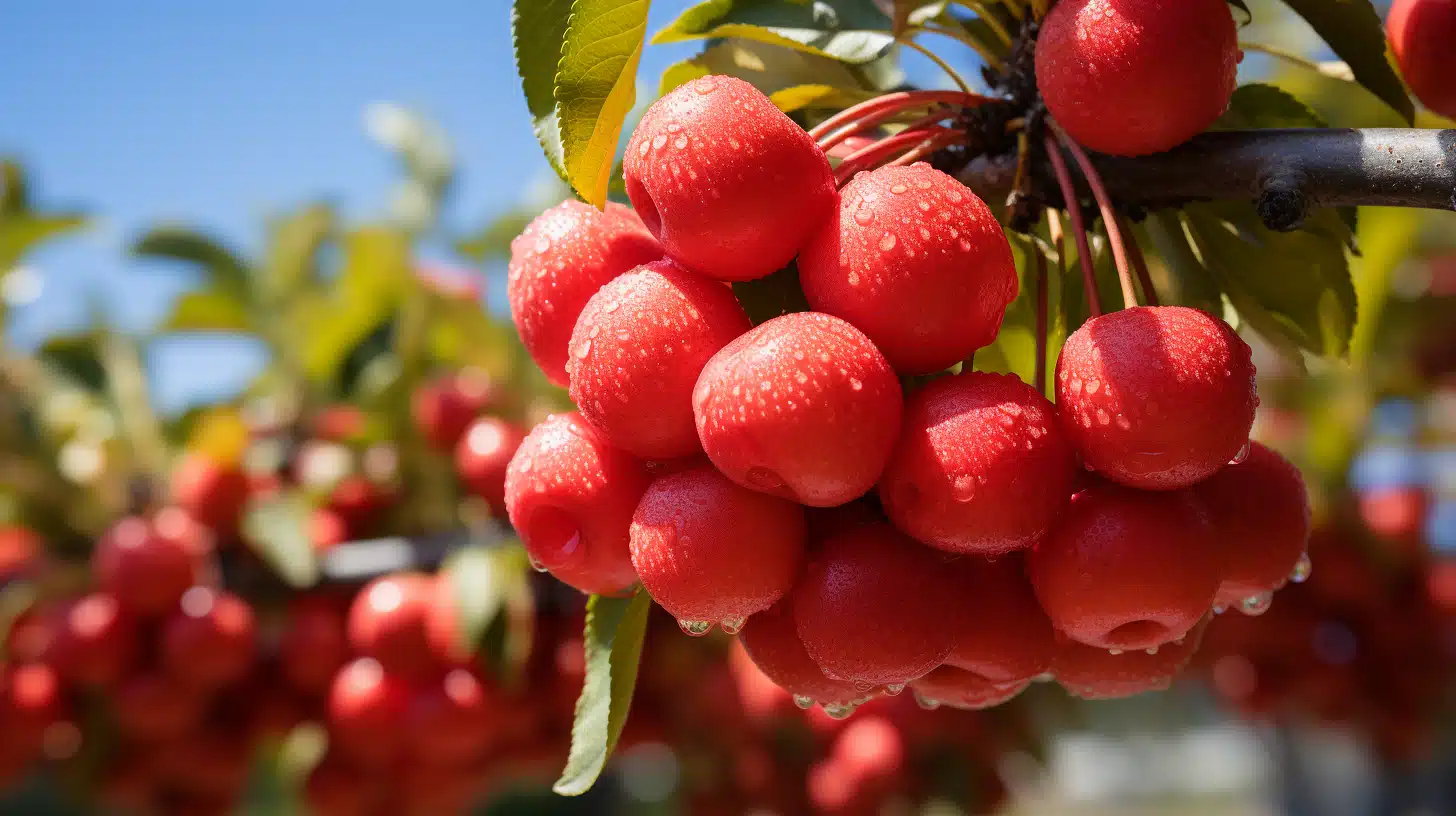A Complete Journey of An Avocado Tree
Growing an avocado tree can be tricky. Many people struggle with getting the pit to sprout or keeping the young tree alive. I’ve been there, too, but I’ve learned some tricks that make it much easier.
In this post, I’ll share my tips for growing a healthy avocado tree, from seed to fruit-bearing beauty. You’ll learn how to start your tree, care for it as it grows, and deal with common problems.
By the end, you’ll have the know-how to grow your own avocado tree and enjoy fresh, homegrown as well as online store avocados.
Let’s get started on your avocado-growing journey!
Significance of Avocado Trees
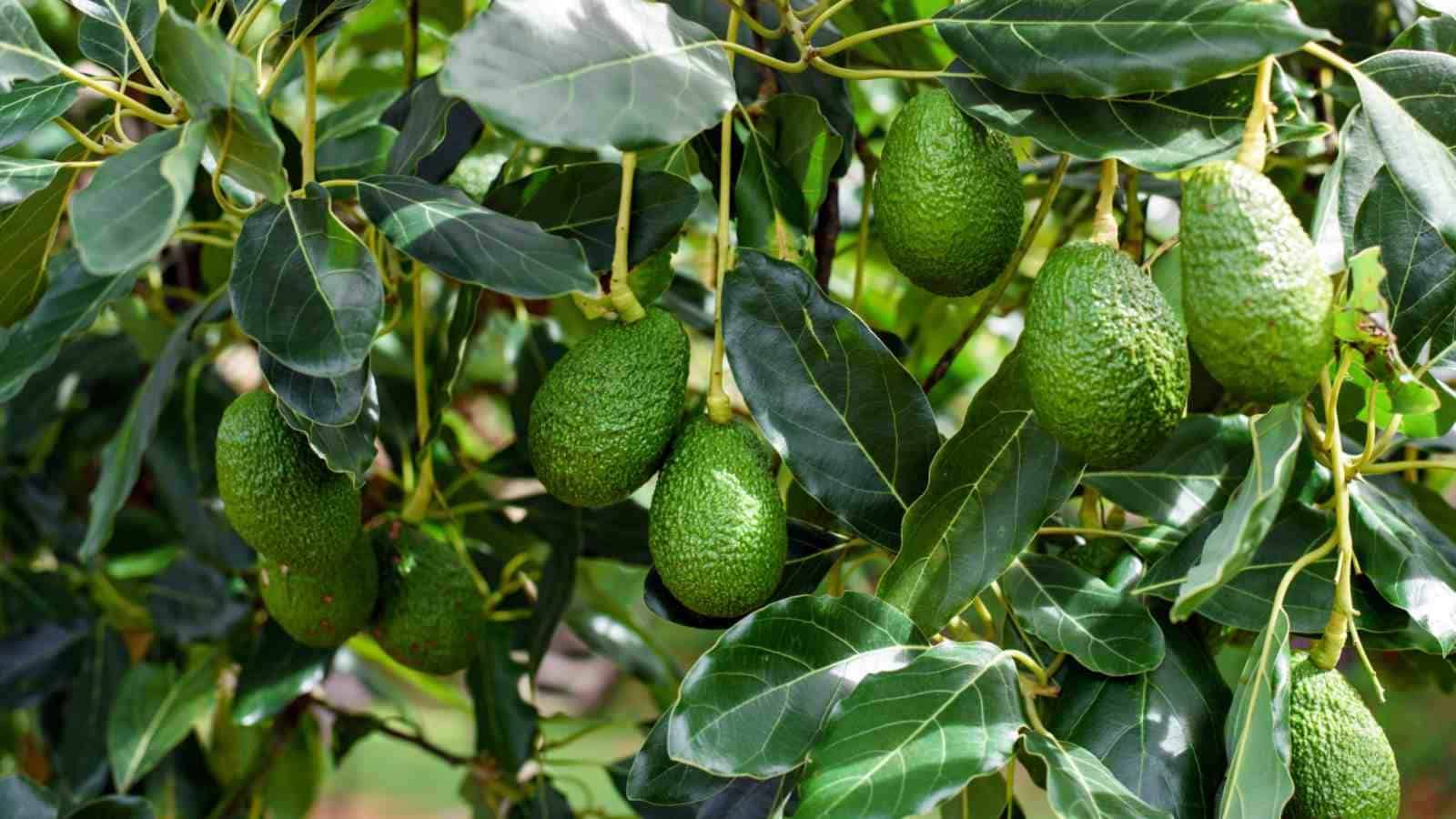
Avocado trees have a rich history that goes back thousands of years. I find their story fascinating!
These trees first grew in Mexico and Central America. People there have been eating avocados for about 10,000 years. That’s a long time!
The Aztecs loved avocados. They called them “ahuacatl,” which means “testicle” in their language. I guess they thought the fruit looked similar!
Spanish explorers found avocados in the 1500s. They liked them so much that they brought them back to Europe.
Avocados became popular in California in the early 1900s.
A mailman named Rudolph Hass found a special avocado tree in his yard. This became the Hass avocado, which is the most common type today.
Over time, avocados have become important in many cultures. They’re used in food, medicine, and even beauty products.
Today, people all over the world enjoy avocados. They’re grown in many warm places, from California to Australia.
Growing your own avocado tree connects you to this long history. It’s like having a piece of ancient culture in your own backyard!
Types of Avocado Trees Available in The Market
| Avocado Variety | Price Range |
|---|---|
| Hass Avocado | $30 – $100 |
| Bacon Avocado | $25 – $80 |
| Fuerte Avocado | $35 – $120 |
| Reed Avocado | $40 – $90 |
| Pinkerton Avocado | $30 – $95 |
| Zutano Avocado | $25 – $85 |
| Lamb Hass Avocado | $40 – $110 |
| Gwen Avocado | $30 – $90 |
| Mexicola Avocado | $25 – $75 |
| Wurtz (Dwarf) Avocado | $40 – $100 |
These prices can vary based on tree size, seller, and location.
How to Propagate Avocado Tree
There are two main ways to propagate an avocado tree: growing from seed and grafting.
Here’s how to do both:
1. Propagating Avocado from Seed

This is the most common and fun method, though producing fruit may take several years.
| Step | Action |
|---|---|
| 1. Remove the Pit | Take the pit from a ripe avocado and clean off any remaining flesh. |
| 2. Prepare the Pit | Insert 3-4 toothpicks halfway up the pit, forming a support so it can rest on the edge of a glass. |
| 3. Suspend in Water | Place the pit, pointed side up, into a glass of water, with the flat bottom submerged in the water. |
| Keep it in a sunny spot and refresh the water every few days. | |
| 4. Wait for Rooting and Sprouting | After 2-6 weeks, the pit should split, and roots will grow from the bottom, with a sprout emerging from the top. |
| 5. Transplanting | Once the sprout is 6-8 inches tall, cut it back to about 3 inches to encourage strong root growth. |
| When the roots are well-developed, plant the seedlings in a pot with well-draining soil. Make sure the top half of the pit is exposed above the soil. | |
| 6. Care for Your Seedling | Place it in a sunny spot and water regularly to keep the soil moist (but not soggy). |
2. Grafting an Avocado Tree
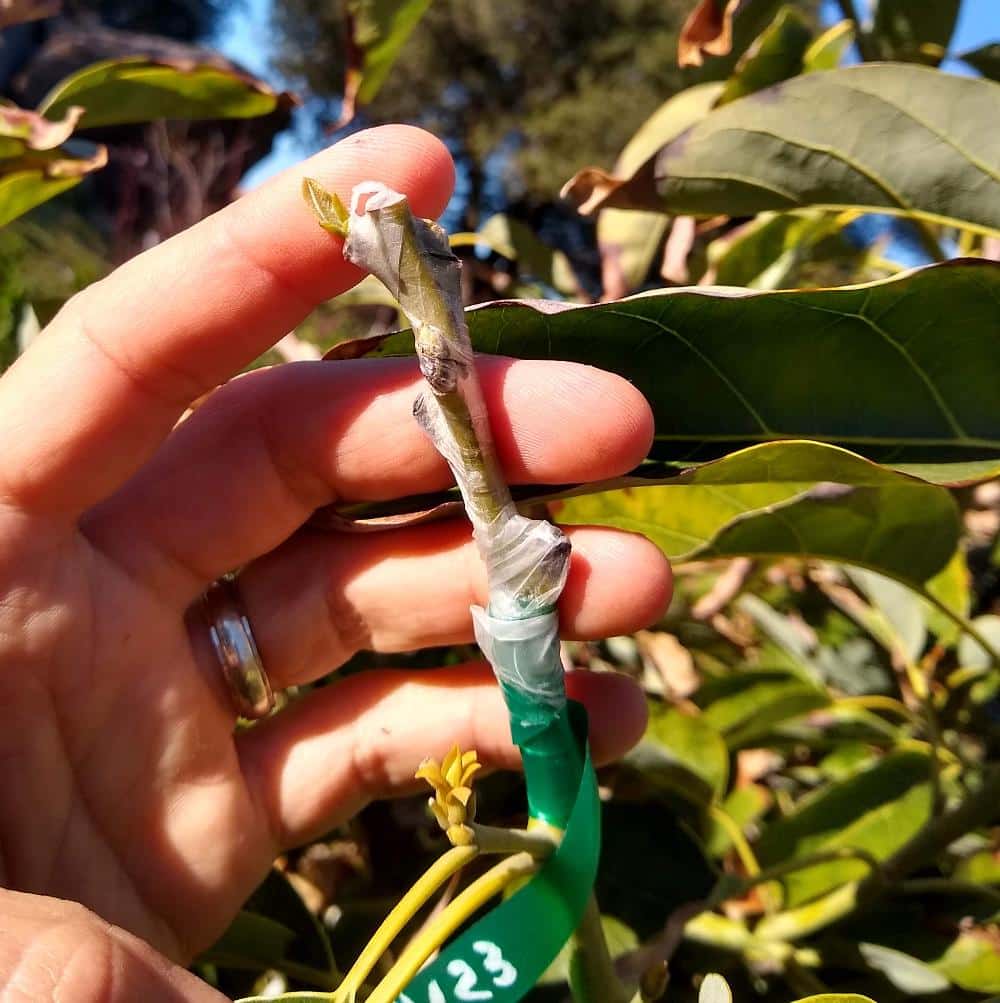
Grafting is a faster and more reliable method for fruit production, typically used by nurseries.
| Step | Action |
|---|---|
| 1. Choose Rootstock and Scion | Select a healthy rootstock (a young tree grown from seed) and a scion (a branch from a mature tree known to produce good fruit). |
| 2. Cut the Rootstock | Make a slanted cut on the top of the rootstock. |
| 3. Prepare the Scion | Cut a matching slant on the scion. The cuts should match perfectly to increase the chance of success. |
| 4. Join the Scion and Rootstock | Place the cut surfaces of the scion and rootstock together. Bind them tightly with grafting tape or rubber bands to hold them in place. |
| 5. Care for the Graft | Keep the grafted plant in a warm, sunny spot. Water regularly, but avoid overwatering. |
| After a few weeks, the graft should take, and new growth will appear from the scion. | |
| 6. Remove Tape | Carefully remove the grafting tape once the graft has healed and the tree shows signs of healthy growth. |
By choosing either seed propagation for fun and experience or grafting for faster fruiting and quality control, you can successfully propagate an avocado tree.
How to Grow Avocado in Your Garden

Growing avocados in your garden can be a fun and rewarding experience. I’ve done it myself, and I’m excited to share what I’ve learned with you!
- First, you need to choose the right spot. Avocado trees love the sun, so pick a place that gets plenty of light. Make sure it’s sheltered from strong winds, too.
- Next, think about the soil. Avocados are like soil that drains well. If your soil is heavy clay, mix in some sand and compost to help it drain better.
- When planting, dig a hole twice as wide as the root ball. Place the tree in the hole at the same depth it was in its pot. Fill the hole with soil and water well.
- Young trees need regular watering. I water mine deeply once or twice a week. As the tree grows, you can water less often.
- Fertilizer is important, too. Use a balanced fertilizer in spring, summer, and fall. Don’t fertilize in winter when the tree is resting.
- Pruning helps keep your tree healthy and the right size. I prune mine in spring, cutting out dead branches and shaping the tree.
- Be patient! It can take 5-13 years for a tree to bear fruit. But trust me, homegrown avocados are worth the wait!
Remember, every garden is different. Don’t be afraid to adjust these tips to fit your specific conditions.
How Pollination Works in Avocado Trees
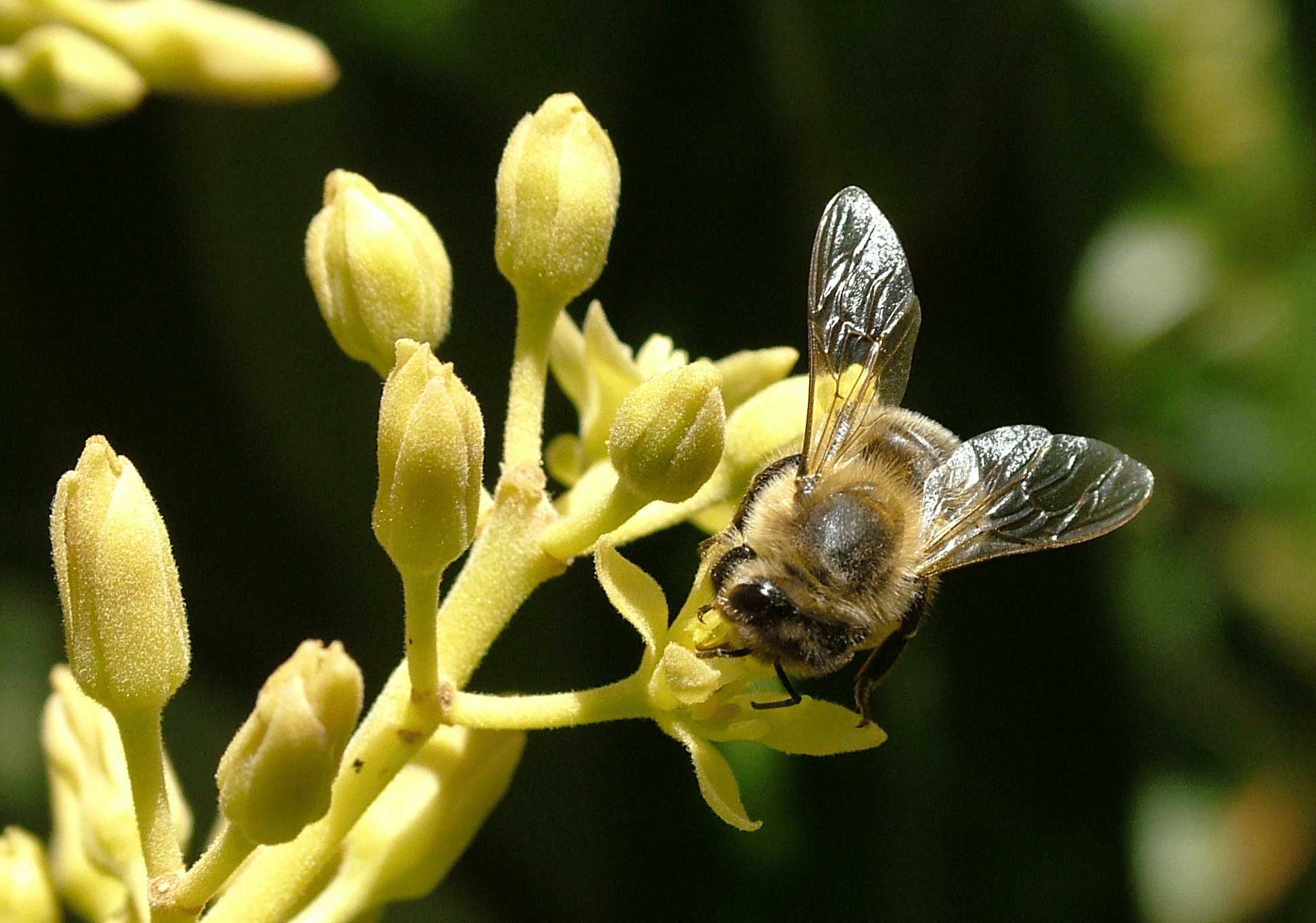
The pollination process of an avocado tree is unique and involves a phenomenon called dichogamy.
In dichogamy, the tree’s flowers have both male and female reproductive parts but open at different times to prevent self-pollination.
1. Types of Flowers: Avocado trees produce thousands of small, yellow-green flowers. Each flower has male and female parts but functions at different times.
2. Flower Phases
- Female Phase: The flower opens first as female, with the stigma (the receptive part for pollen) ready to receive pollen.
- Male Phase: Later, the same flower closes and reopens in the male phase, releasing pollen. By this time, the stigma is no longer receptive.
3. Two Flower Types
- Type A: Flowers open as female in the morning and male in the afternoon.
- Type B: Flowers open as female in the afternoon and male the next morning.
4. Cross-Pollination
- Importance of Pollination: While avocado trees can self-pollinate, cross-pollination between Type A and Type B trees yields better fruit.
- Pollinators: Bees and other pollinators are crucial in transferring pollen from one tree to another. They visit the flowers and carry pollen from a male-phase flower to a female-phase flower of a different tree.
5. Maximizing Pollination
- Planting Type A and Type B Trees Together: This increases the chances of cross-pollination, improving fruit set and quality.
- Timing: Pollination tends to happen in spring when both types of flowers are actively opening.
In summary, avocado trees rely on a complex pollination process with alternating male and female phases. Though self-pollination can occur, cross-pollination between different types significantly improves fruit production.
How to Care & Maintain Avocado Tree
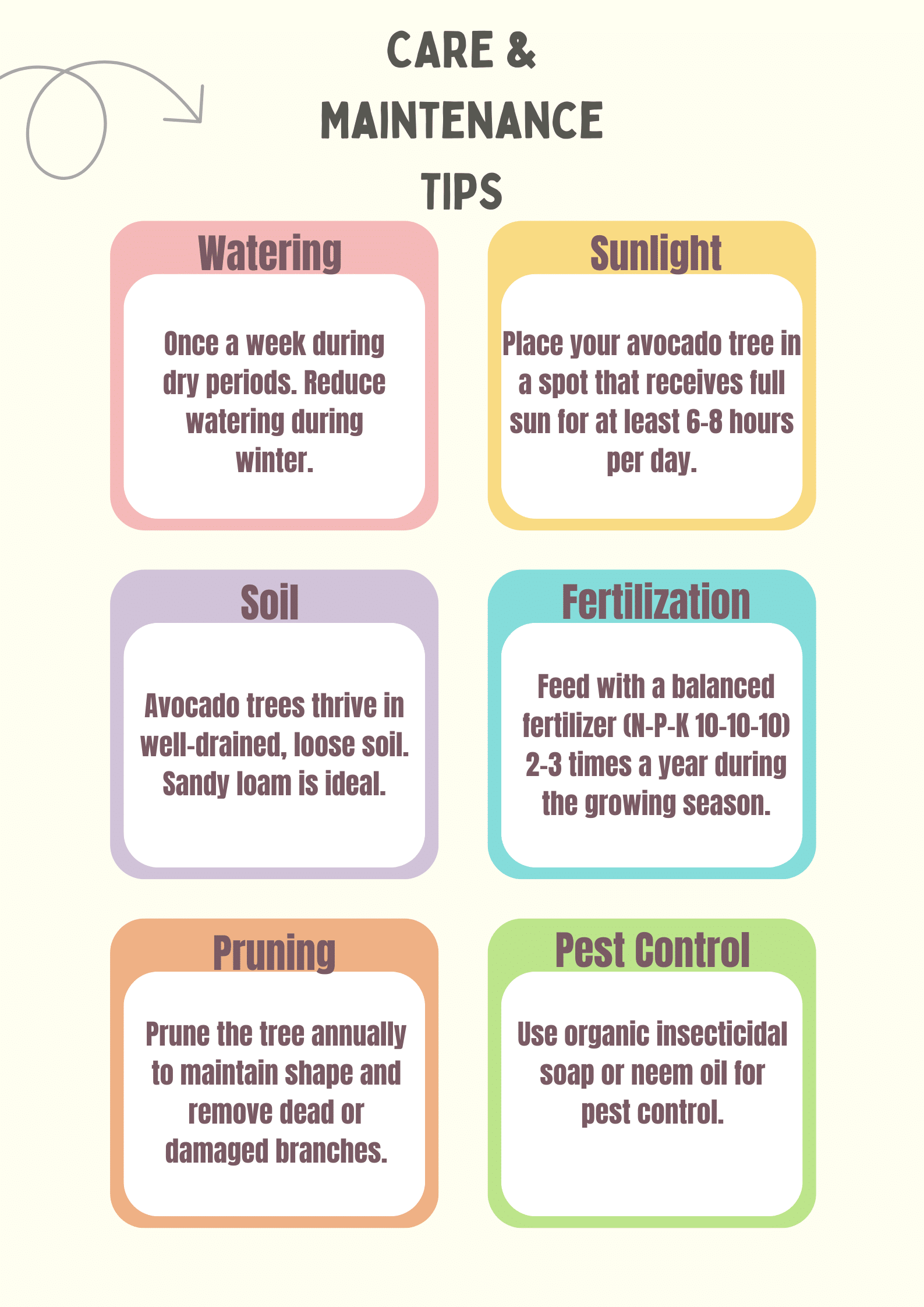
How Long Does It Take for An Avocado Tree to Bear Fruit?
The time it takes for an avocado tree to bear fruit varies considerably. I’ve learned this through my own experience growing these trees.
You must be patient if you’re growing a tree from a seed. It can take 5 to 13 years to see any fruit. That’s a long wait!
But don’t worry, there are faster ways to get fruit. If you buy a grafted tree from a nursery, you can see fruit in 3 to 4 years. That’s what I did with my first avocado tree.
The type of avocado matters, too. Some varieties, like Hass, tend to fruit faster than others.
Your tree’s environment plays a big role. Avocados love warm, sunny spots. If your tree gets plenty of sun and the right care, it might fruit sooner.
Good care can speed things up—regular watering, proper fertilizing, and protecting the tree from frost all help.
Even after your tree starts bearing fruit, it takes time for the avocados to grow. From flower to ripe fruit, it’s usually about 6 to 8 months.
Remember, every tree is different. Some might surprise you and fruit early, while others take their time. The key is to enjoy the process of growing your tree!
Top Brands Selling the Best Avocados You Can Try
When I’m shopping for avocados, I prefer brands. So, check out the top brands that sell the best avocados online.
1. Zava Ranch – If you love avocados as much as I do, try ordering from this site!”
2. Avocadoorganic.com – I was nervous about ordering avocados online, but these were even better than what I usually get at the store. It’s a must-try!
3. Henryavocado.com – I’m so glad I found this website! The avocados I got were perfect – ripe and ready to eat.
Conclusion
Note: Growing from seed often results in trees that may not produce fruit for 7-15 years, and the fruit may not be true to the parent tree.
“From Pit to Plate: Your Avocado Adventure Awaits!”
Imagine plucking a ripe avocado from your very own tree. The smooth skin yields to your touch, promising creamy goodness inside.
You split it open, revealing that perfect green flesh. This isn’t just any avocado – it’s one you’ve nurtured from a humble pit.
Your friends can’t believe it when you tell them, “I grew this myself!” They lean in, eager to hear your secret. Little do they know, you’re about to spark an avocado revolution in your neighborhood.
With some love and tips from our guide, you’ll be on your way to avocado abundance.
Let the green times roll!



